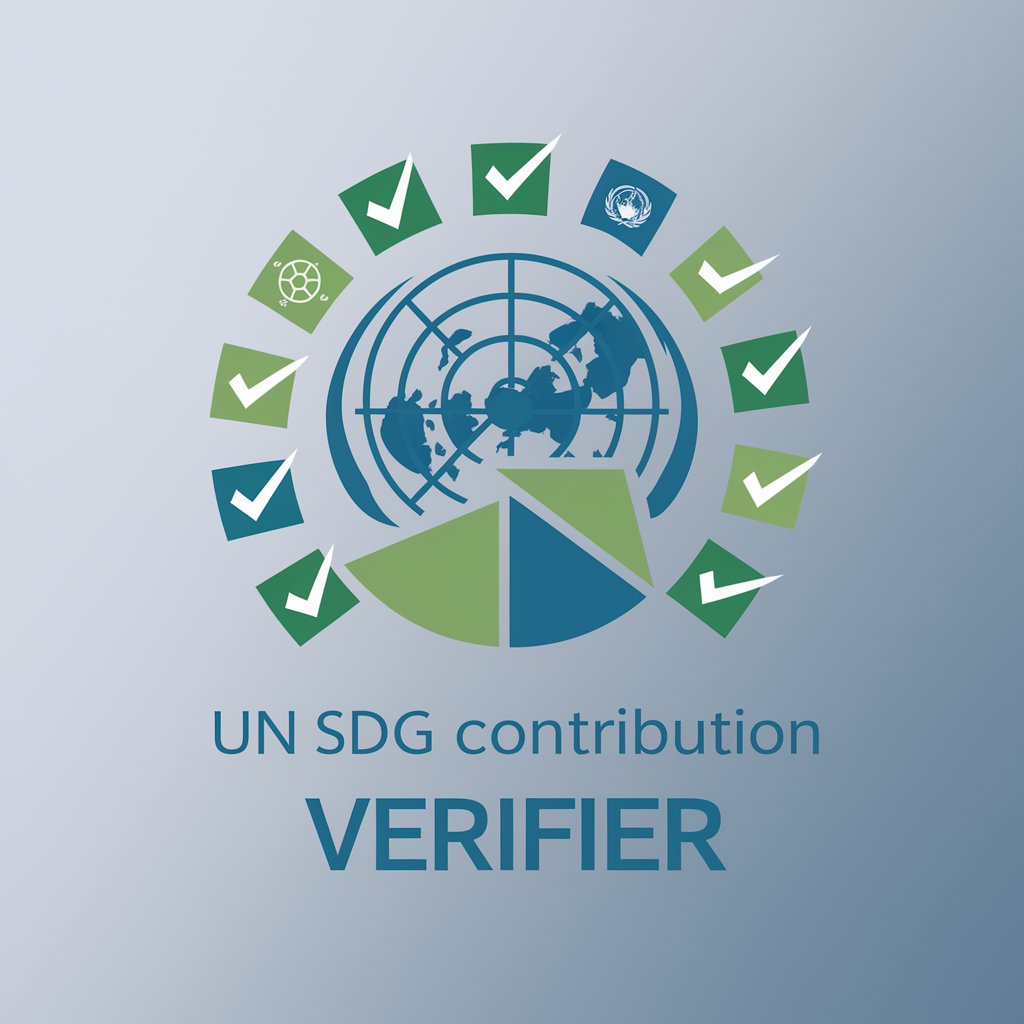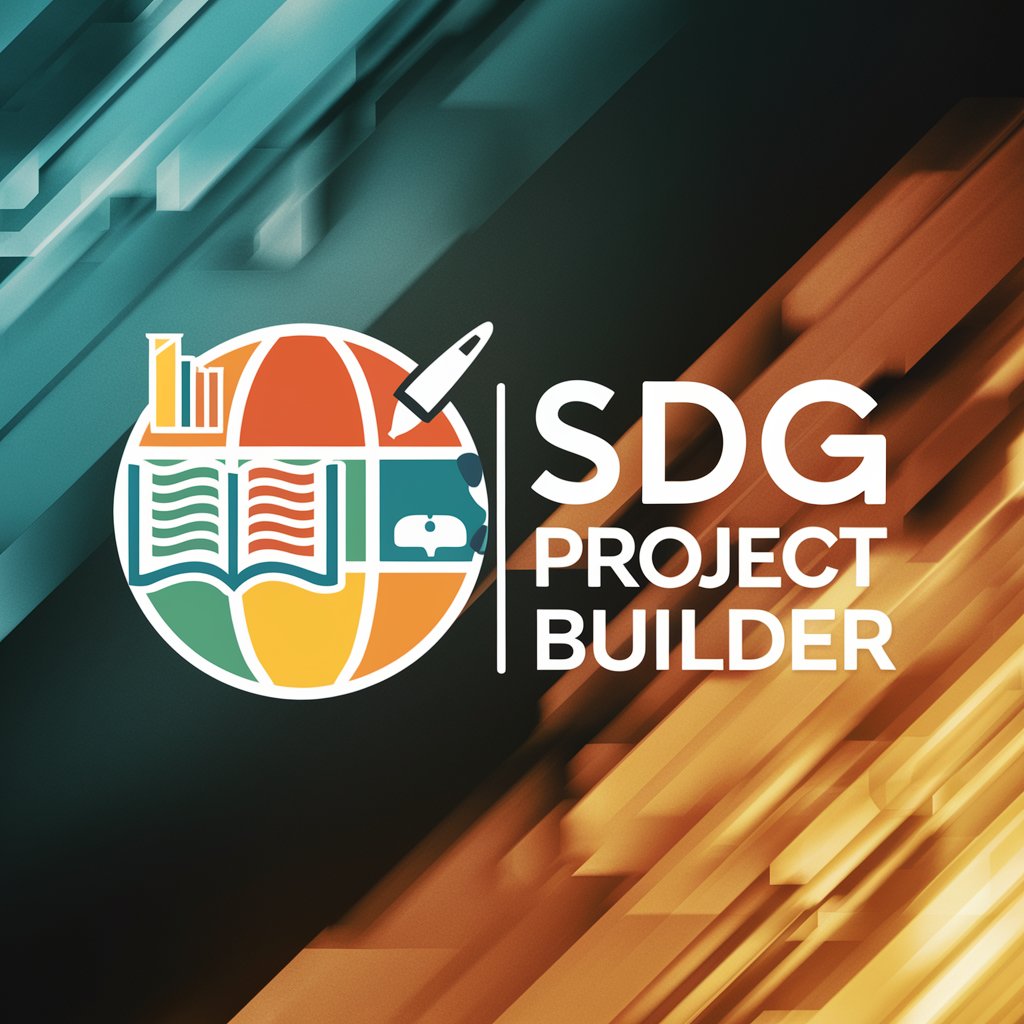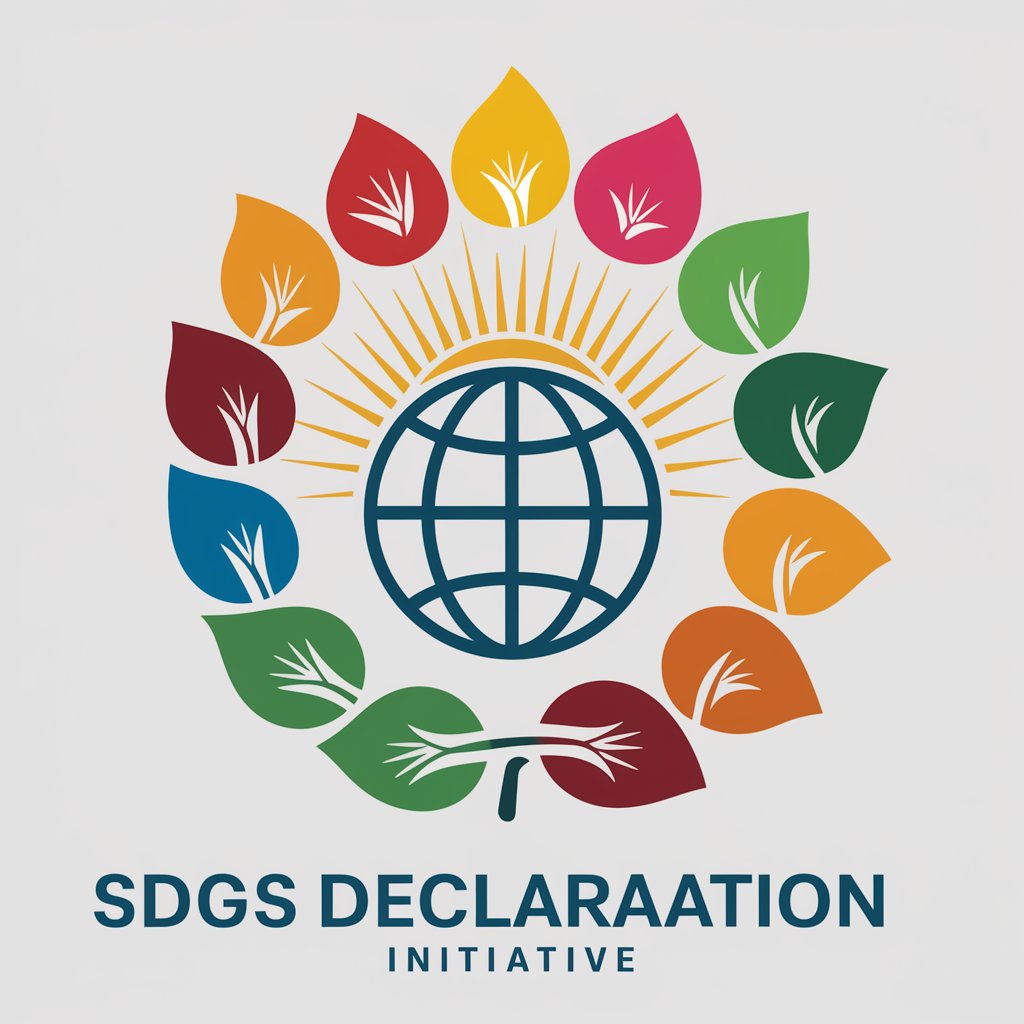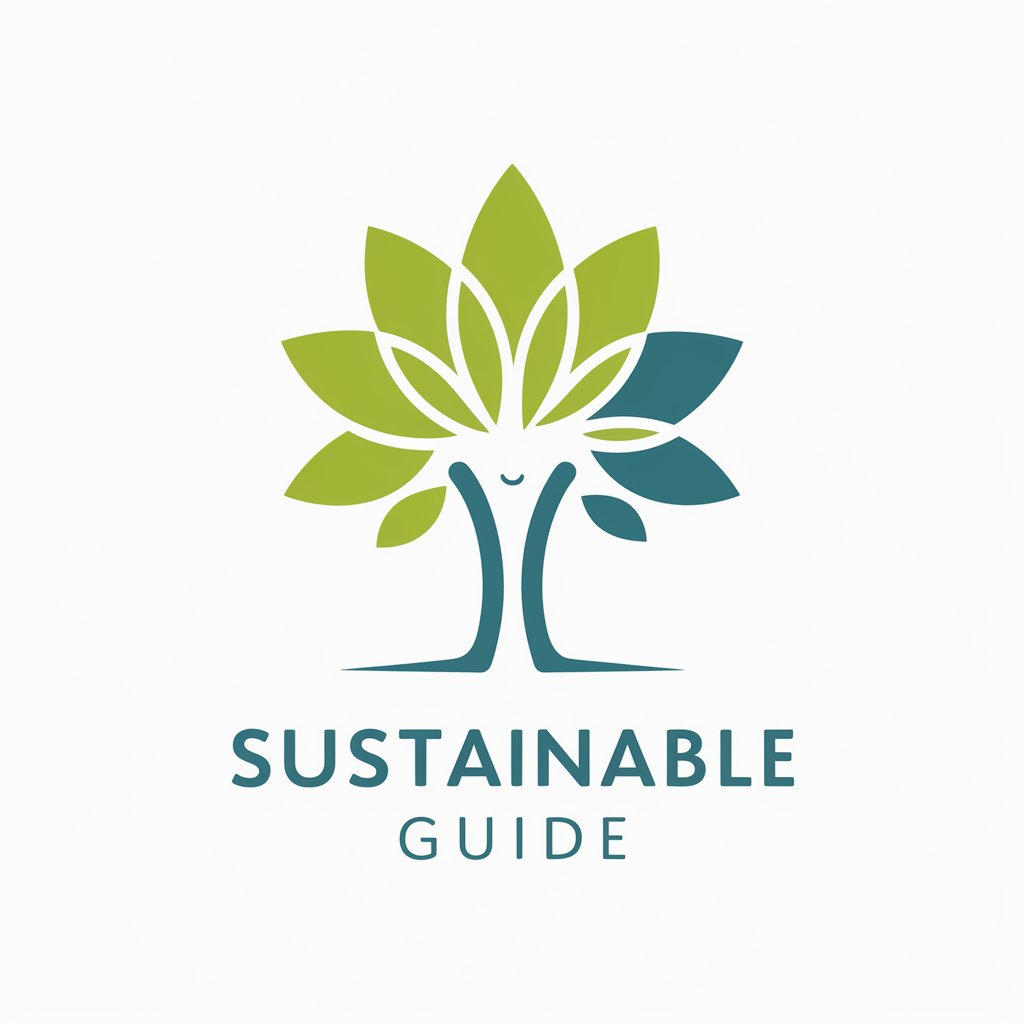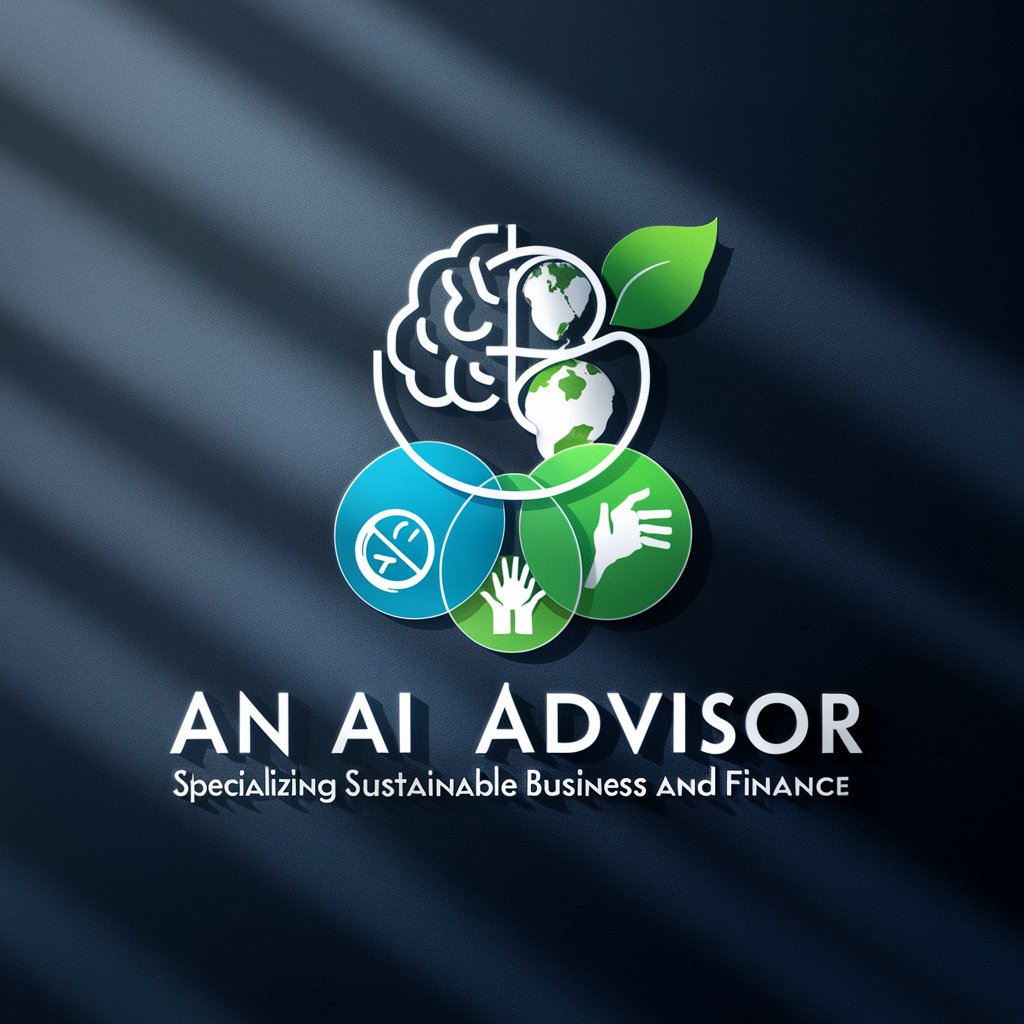
UN SDGs: 12 Responsible Consumption & Production - AI-powered Sustainability Guidance
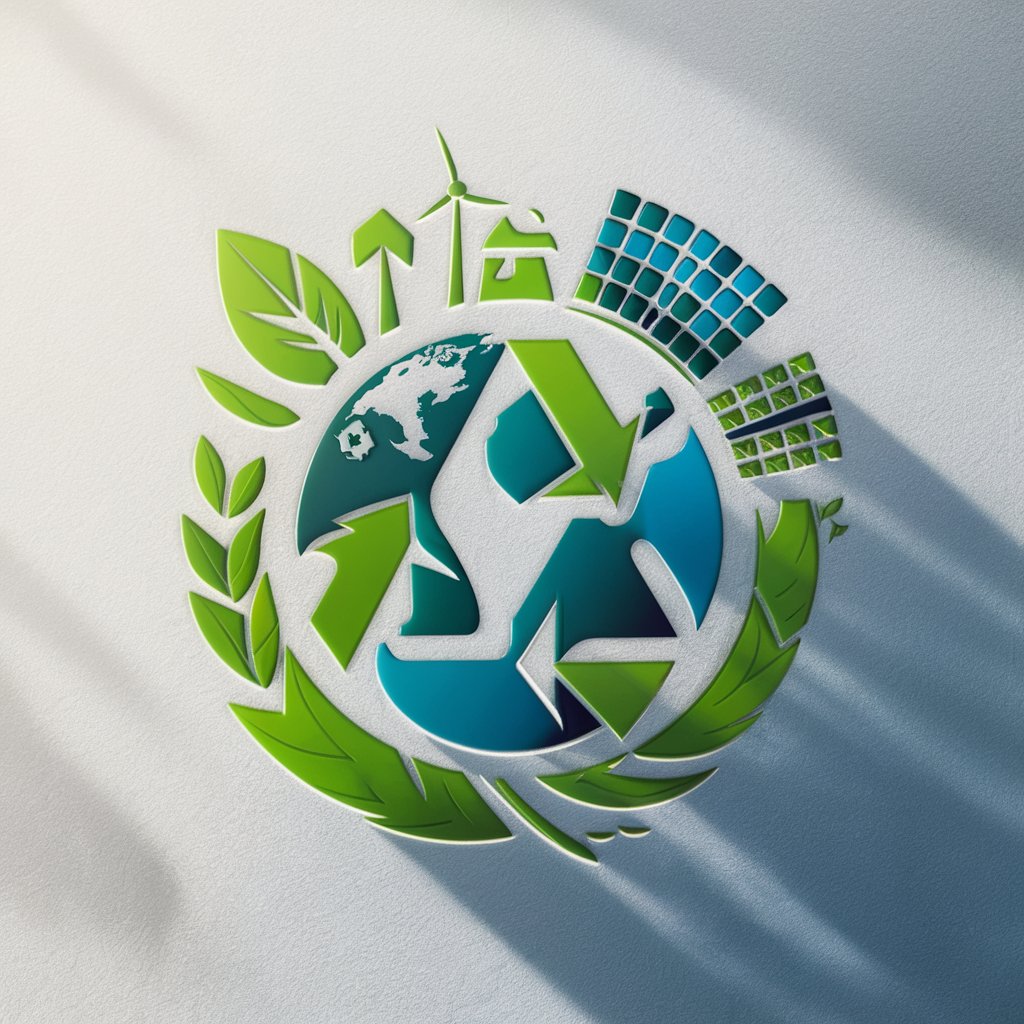
Welcome! Let's explore sustainable practices together.
Empowering sustainable decisions with AI
How can individuals reduce their carbon footprint through sustainable consumption?
What are some best practices for businesses to adopt responsible production methods?
Can you provide examples of successful sustainable production initiatives around the world?
What policies can governments implement to promote responsible consumption and production?
Get Embed Code
Understanding UN SDGs: 12 Responsible Consumption & Production
The United Nations Sustainable Development Goal 12 (UN SDG 12) focuses on promoting responsible consumption and production patterns across the globe. It aims to ensure sustainable consumption and production (SCP) practices that minimize environmental degradation, enhance resource efficiency, and promote a sustainable lifestyle. UN SDG 12 addresses various aspects of sustainability, including waste reduction, energy efficiency, sustainable infrastructure, and access to basic services, green and decent jobs, and a better quality of life for all. An example of implementing SDG 12 could be a company redesigning its products to be more durable and easier to repair, thereby reducing waste and conserving resources. Another scenario might involve a government implementing policies to encourage the adoption of renewable energy sources, thus reducing greenhouse gas emissions and promoting energy efficiency. Powered by ChatGPT-4o。

Main Functions of UN SDGs: 12 Responsible Consumption & Production
Promotion of Sustainable Practices
Example
Encouraging the use of renewable energy sources among industries.
Scenario
A municipality offering tax incentives for businesses that install solar panels or wind turbines, leading to increased adoption of clean energy.
Waste Reduction and Management
Example
Implementing strategies for reducing food waste in the hospitality sector.
Scenario
A series of workshops for restaurant owners on optimizing food purchase and storage, and creative recycling of leftovers, significantly reducing food waste.
Educational Outreach and Awareness
Example
Conducting public awareness campaigns on the importance of recycling.
Scenario
Organizing community events and school programs that educate individuals on how to properly recycle materials and the impact of recycling on the environment.
Policy Advocacy and Support
Example
Supporting policies that enforce sustainable agricultural practices.
Scenario
Collaborating with governmental agencies to draft and implement regulations that minimize the use of harmful pesticides and encourage crop rotation, preserving soil health and biodiversity.
Ideal Users of UN SDGs: 12 Responsible Consumption & Production Services
Governments and Policymakers
These users can leverage SDG 12 guidelines to develop and enforce policies that promote sustainable practices in various sectors, including energy, waste management, and agriculture, to achieve national sustainability goals.
Businesses and Industries
Companies across different sectors can adopt SCP principles to redesign their production processes, products, and services, making them more sustainable, efficient, and competitive in the market.
Educational Institutions
Schools, colleges, and universities can integrate SCP concepts into their curricula and campus operations, fostering a culture of sustainability among students and staff.
Individuals and Communities
By adopting sustainable lifestyles, such as reducing waste, conserving energy, and preferring sustainable products, individuals and communities directly contribute to achieving SDG 12 objectives and fostering a sustainable future.

How to Utilize UN SDGs: 12 for Responsible Consumption & Production
1
Begin by accessing yeschat.ai for a no-cost trial that does not require a login or ChatGPT Plus subscription.
2
Familiarize yourself with the tool's functionalities by exploring the provided tutorials and resources. This foundational knowledge is crucial for leveraging the tool effectively in various contexts.
3
Identify your specific needs or objectives related to sustainable consumption and production, such as reducing waste, enhancing energy efficiency, or learning about sustainable practices in your industry.
4
Utilize the tool to generate insights, recommendations, and strategies that align with your goals. This could involve querying the tool for data on sustainable practices, generating reports, or creating educational materials.
5
Apply the insights and recommendations in your decision-making processes, and share your findings or strategies with your community or organization to foster a culture of sustainability.
Try other advanced and practical GPTs
Energy Insight Analyst Consumption
Optimizing energy consumption with AI
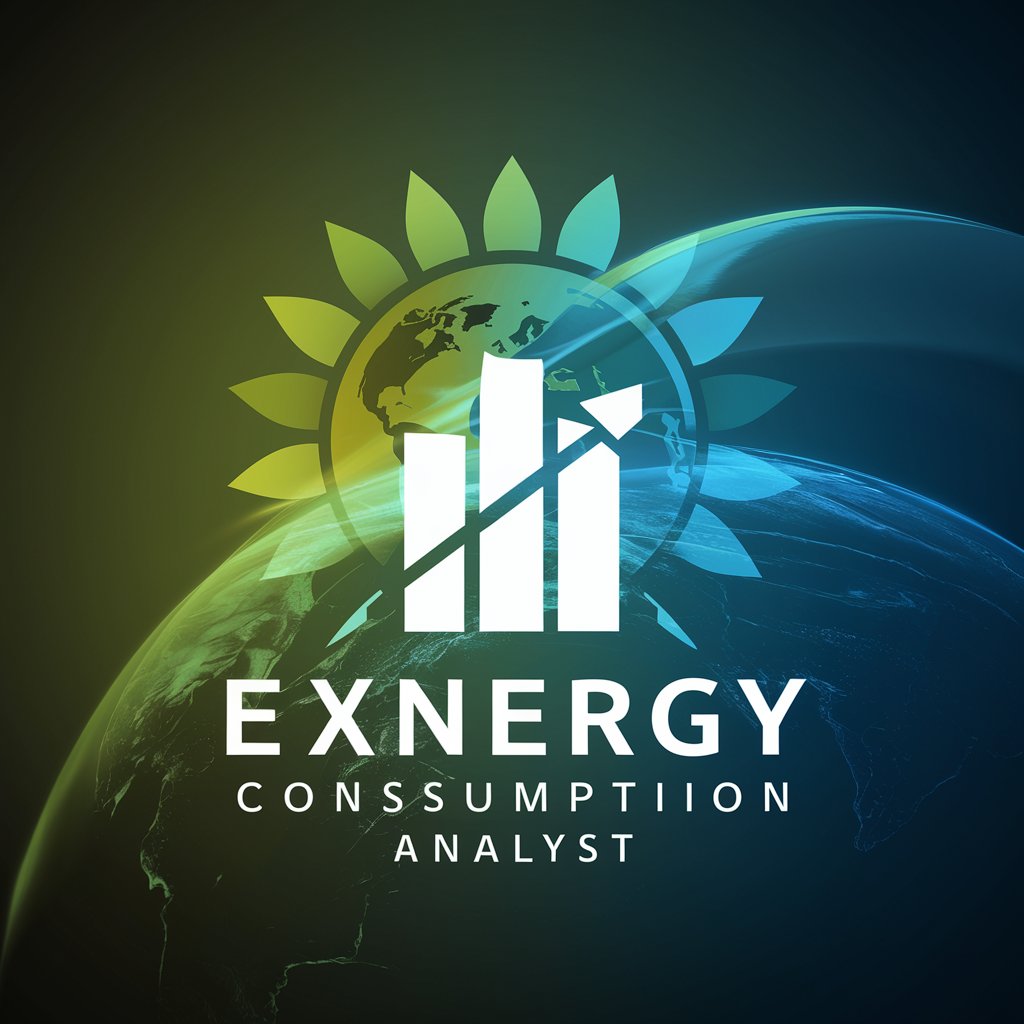
Ethical Consumption Marketer
AI-Powered Ethical Business Strategy
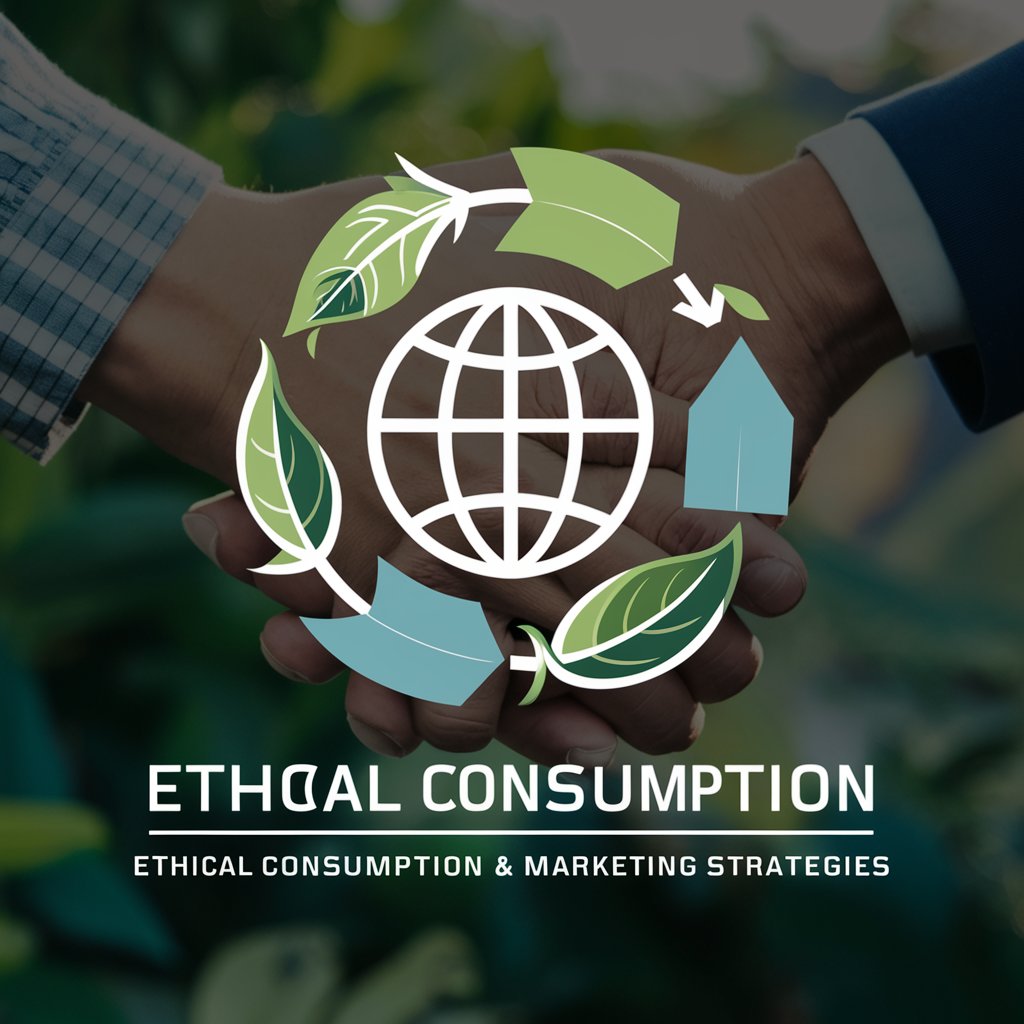
Mindful Consumption Guide
Empowering sustainable choices with AI.
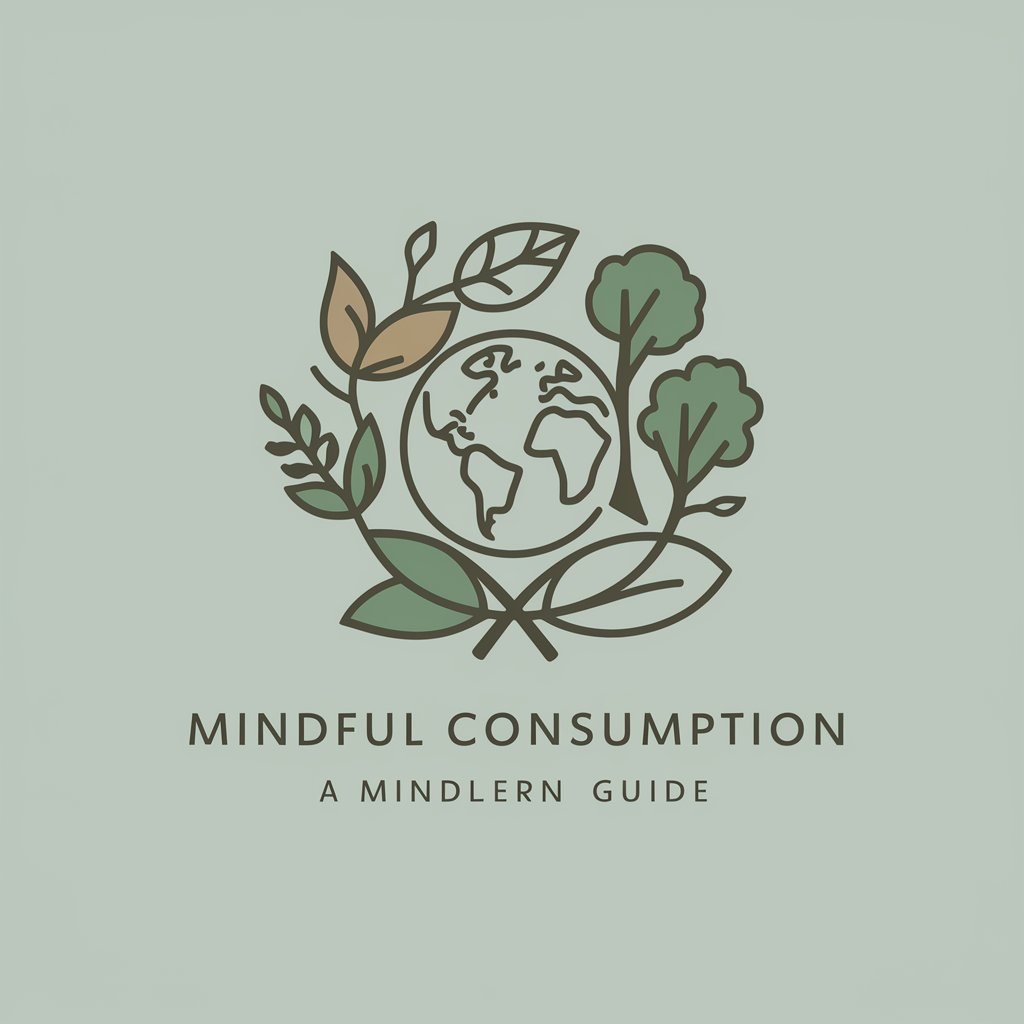
After an Injury
Empowering injury recovery with AI-driven support.
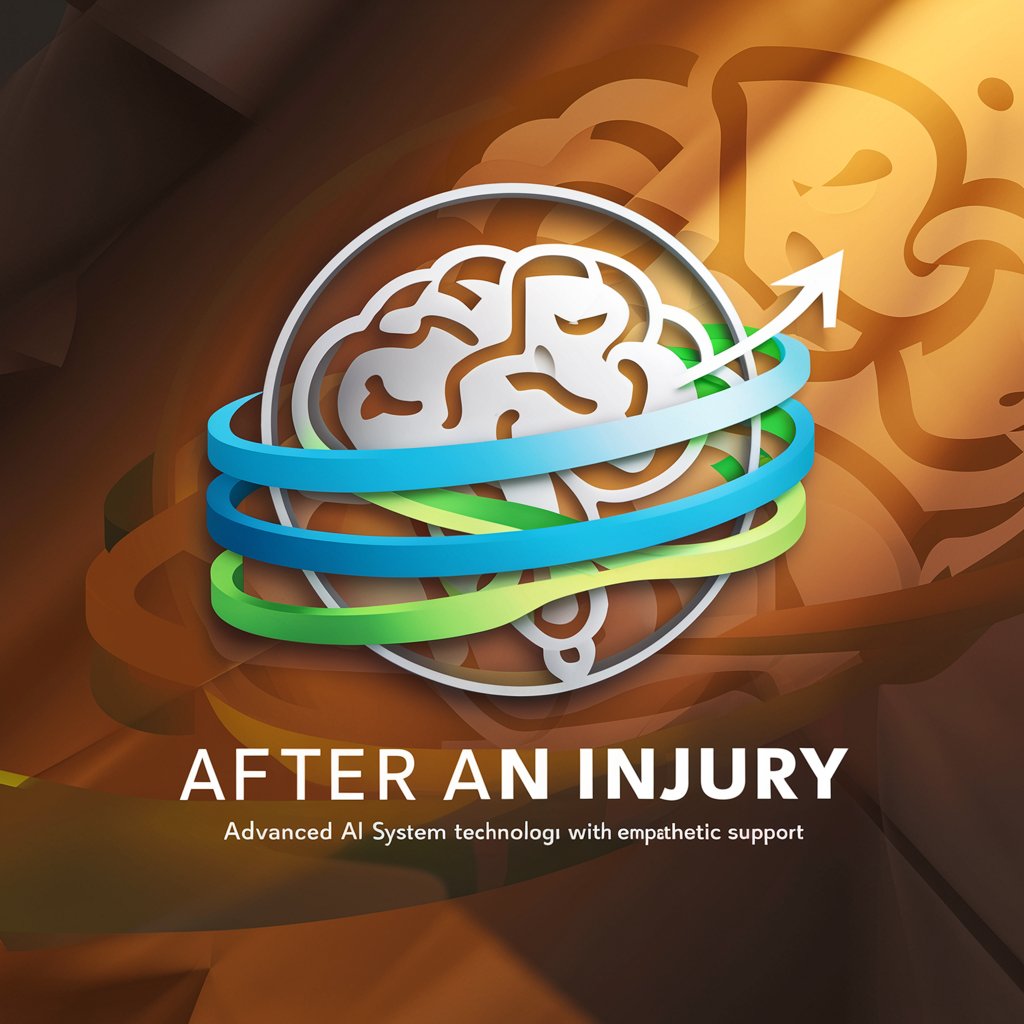
Running Injury Guide GPT
AI-powered guidance for running injury care

Nutrition and Pressure Injury
Optimize healing with AI-driven nutrition and care insights
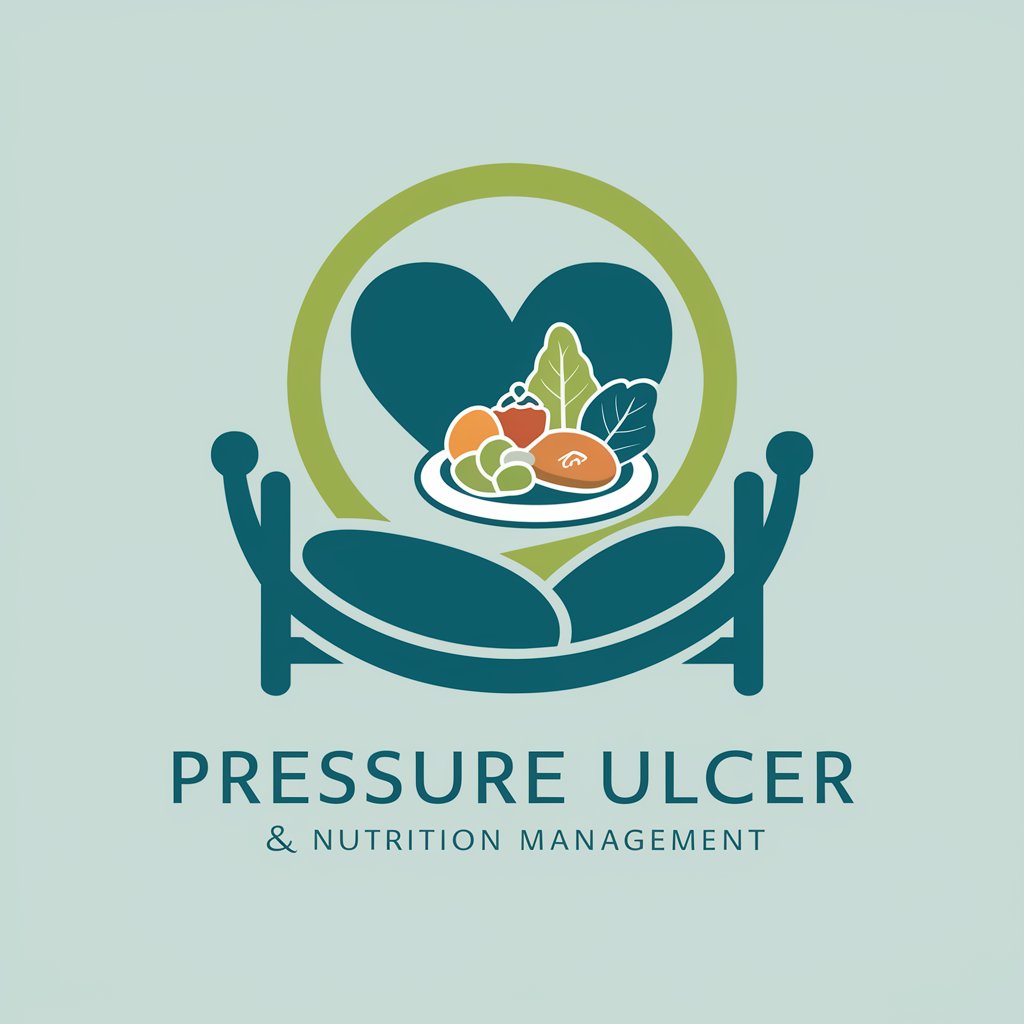
Marketing for Generation Alpha
AI Powering Youthful Interactions
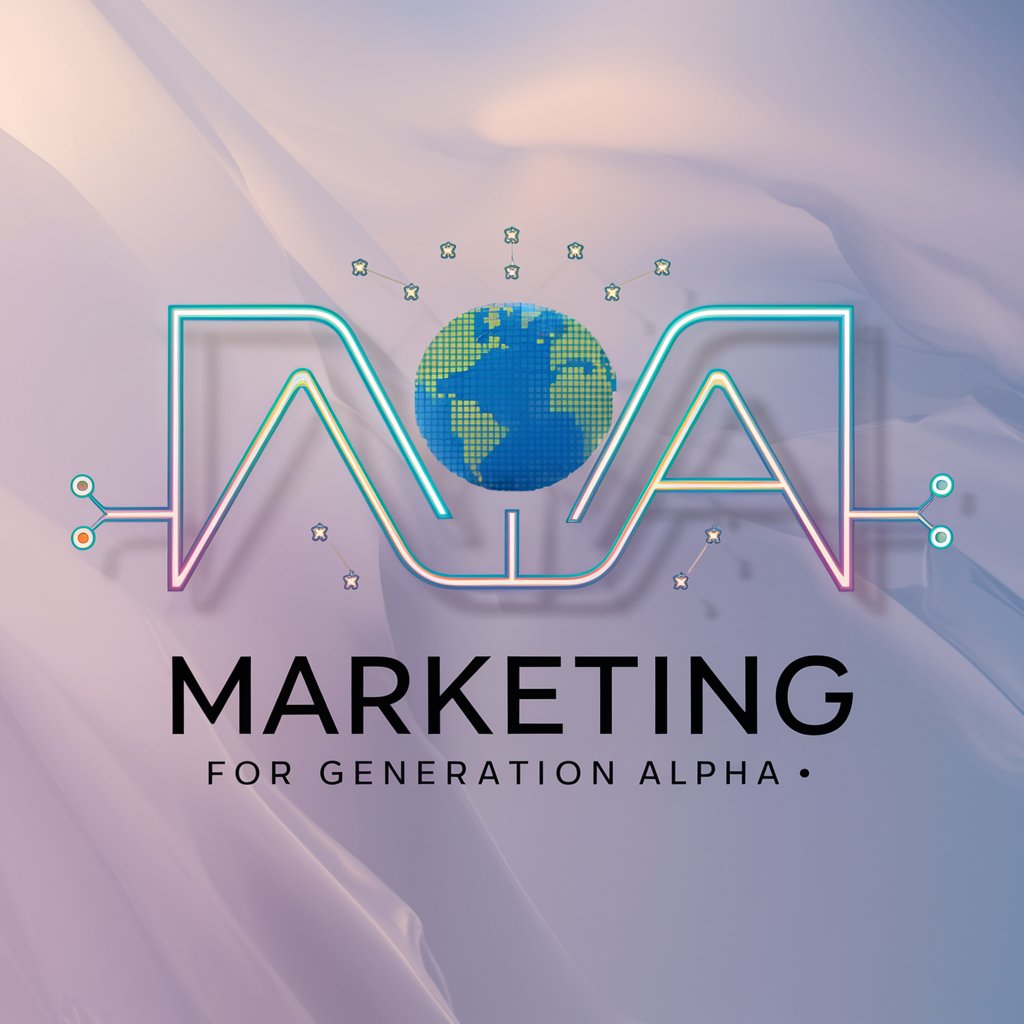
Ingest Safely
Navigate Drug Safety with AI

EcoWise Energy Saver
Smart Solutions for Sustainable Living
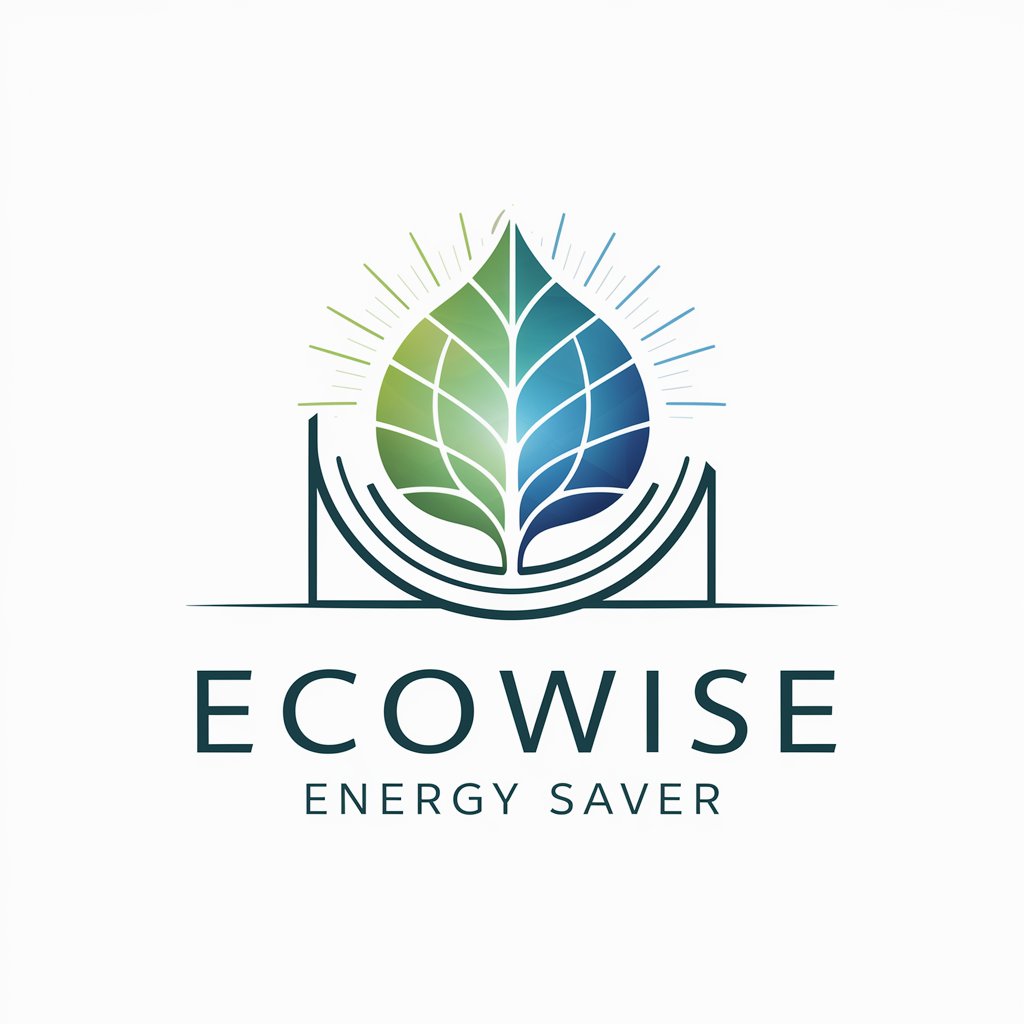
Energy Consumption Analyzer
Optimize energy consumption with AI-driven insights.
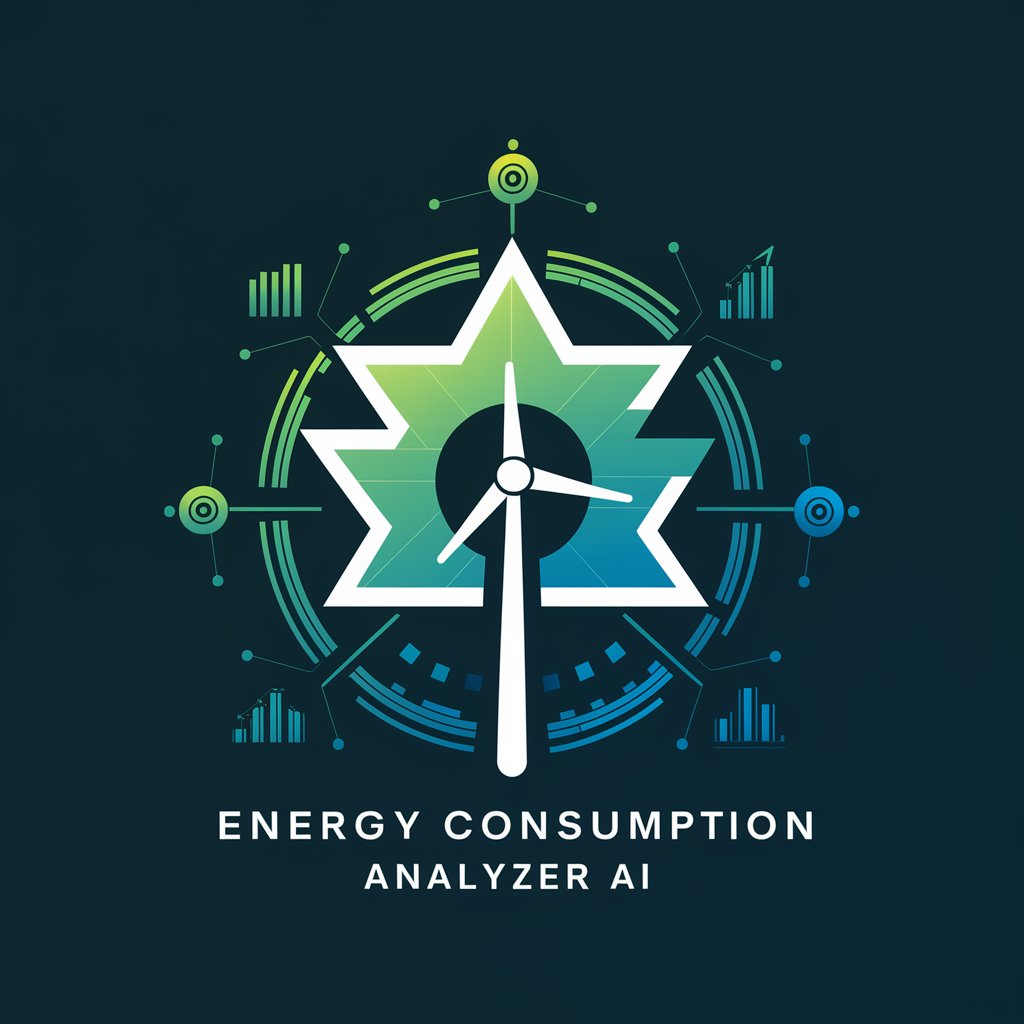
Energy Explorer
Powering Smarter Energy Choices with AI
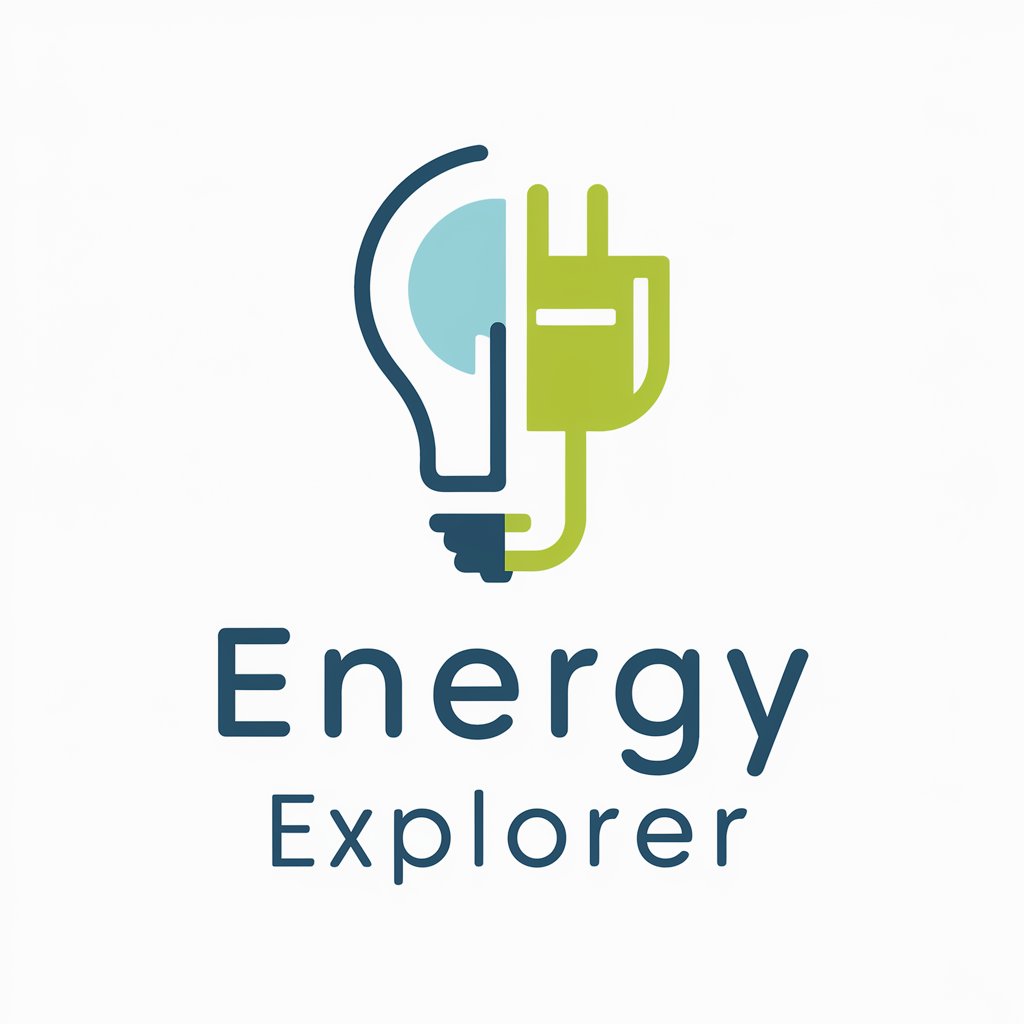
NewsBox AI
Tailoring News with AI Precision

FAQs on UN SDGs: 12 Responsible Consumption & Production
What is UN SDGs: 12 about?
UN SDGs: 12 focuses on promoting sustainable consumption and production patterns. It aims to reduce environmental degradation, encourage efficient use of resources, and ensure that economic growth supports sustainability goals.
How can businesses implement SDG 12?
Businesses can implement SDG 12 by adopting sustainable practices such as reducing waste, enhancing energy efficiency, sourcing materials responsibly, and incorporating sustainability into their core business strategies.
What tools does the AI offer for promoting sustainable practices?
The AI provides data analysis, trend forecasting, and customized recommendations for adopting sustainable practices. It also offers educational materials to spread awareness about sustainability.
Can this tool help in academic research on sustainability?
Yes, it can support academic research by providing access to data, facilitating analysis of sustainable practices, and generating insights on the impacts of different consumption and production patterns.
How does this tool stay updated with the latest sustainability trends?
The tool leverages real-time data, research publications, and global sustainability indicators to stay updated. It also adapts its recommendations based on emerging trends and user feedback.
